Gold, silver, precious gems, and vibrant hues: luxury permeated every facet of life in Byzantium, from art and architecture to fashion. The empire’s grandeur was embodied in its use of sumptuous fabrics, notably silk, with garments often embellished with intricate embroidery and exquisite jewelry crafted by skilled artisans.
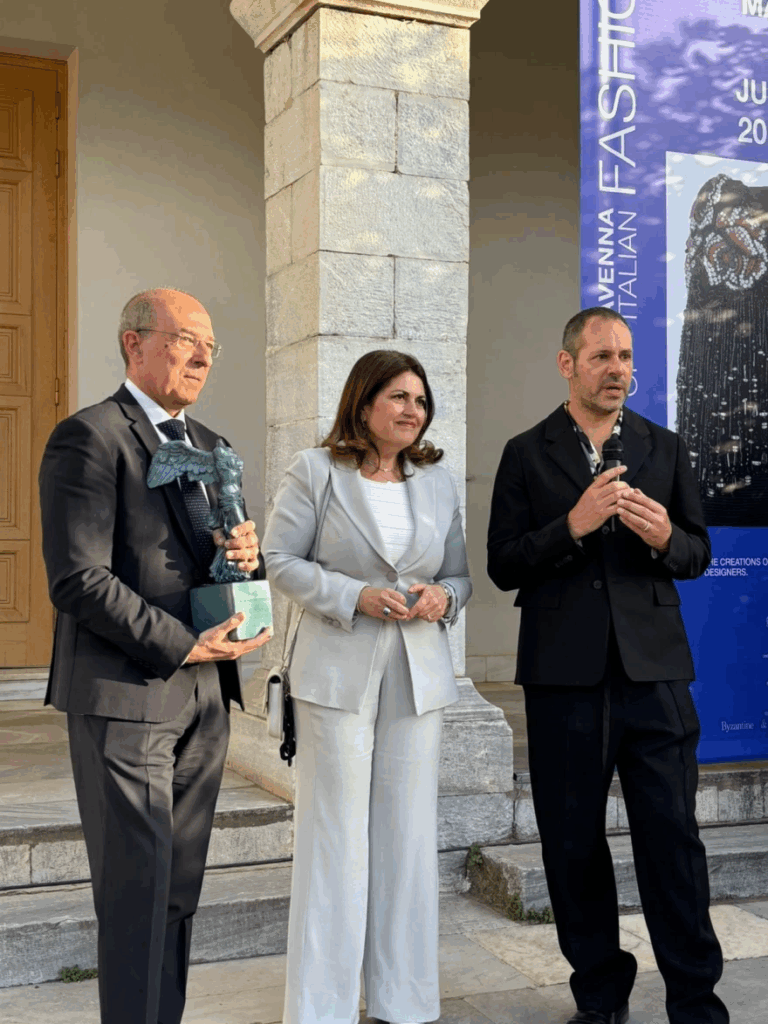
Against the backdrop of Ravenna’s iconic mosaics—Italy’s Byzantine heart—and the charm of gold-embroidered apparel, the empire’s splendor is rekindled within the collections of contemporary Italian designers. Deep purple gowns, gold-embroidered capes, intricate designs, multicolored gems, and jewel-like sandals reflect a fusion of Byzantine elegance and modern fashion, creating an exchange of spirituality and luxury.
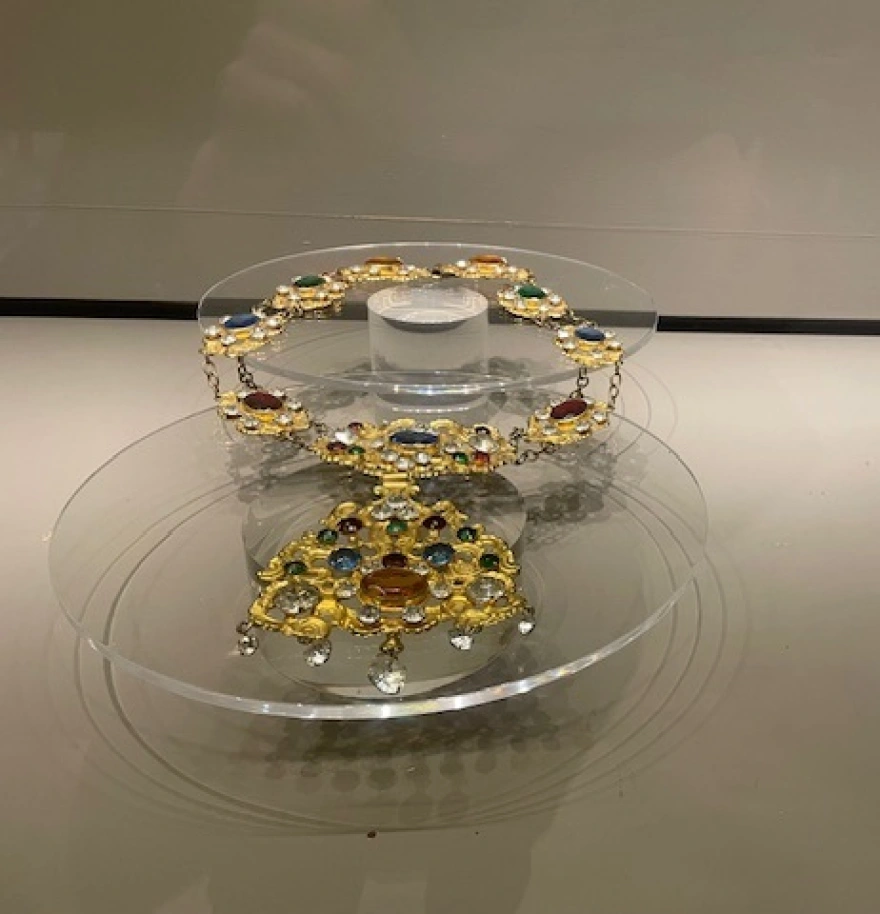
In this spirit, the exhibition titled “Byzantium – Ravenna: Icons of Italian Fashion” was launched in Athens, organized by the Italian Embassy and the esteemed fashion institute Polimoda, as part of the inaugural “Italian Fashion Days in the World” celebration. It will be showcased until July 21 at the Byzantine and Christian Museum of Athens.
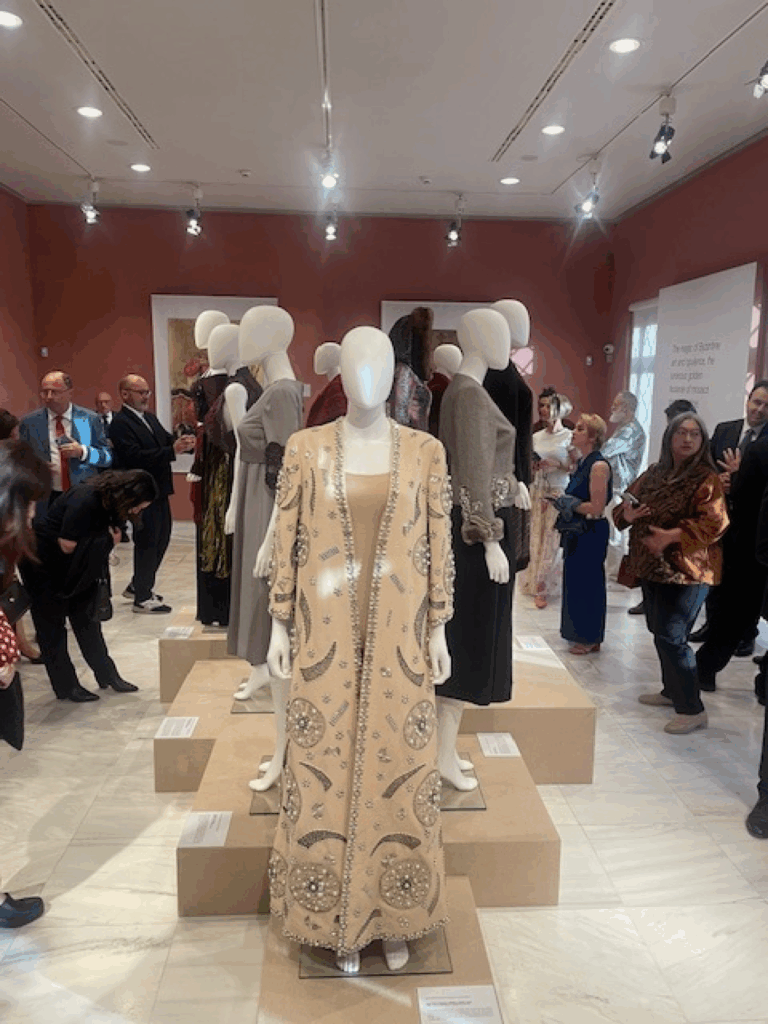
The Italian Ambassador to Athens, Mr. Paolo Cuculi, opened the exhibition, highlighting the passion and creativity of Massimiliano Giornetti, the fashion designer and director of the prestigious Polimoda Institute who conceptualized and curated the display.
“Byzantium – Ravenna: Icons of Italian Fashion” at the Byzantine and Christian Museum of Athens – View Images
Paolo Cuculi (left) and Massimiliano Giornetti (right) at the exhibition launch.
As Mr. Cuculi noted, Byzantine art—from Constantinople to Ravenna—has significantly influenced the works of renowned Italian designers, shaping the essence of global elegance and style.
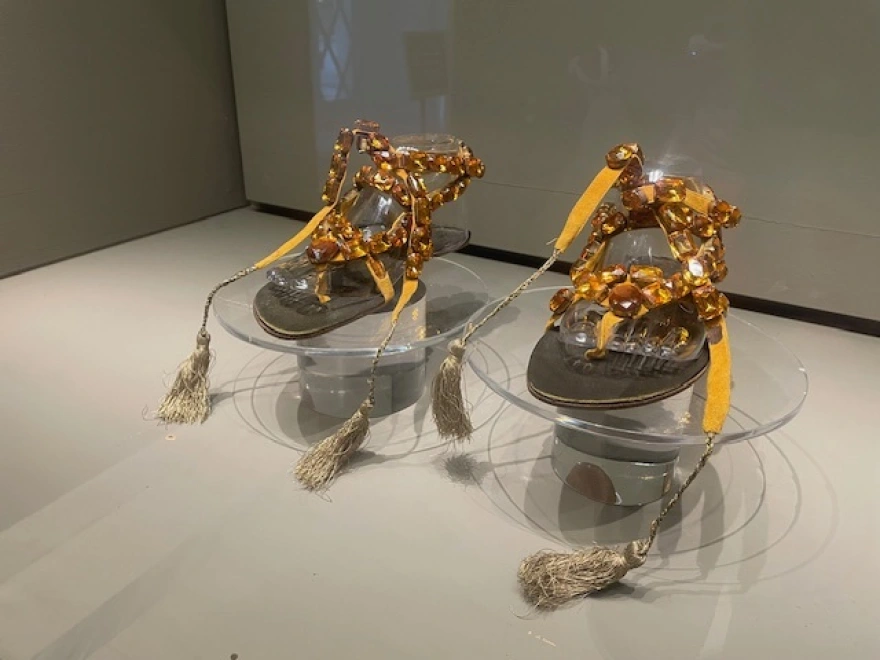
This exhibition illustrates over the past six decades how Byzantine art has shaped Italian fashion, emphasizing the luminous quality of materials, colors, and clothing designs. It also reflects the social customs and lifestyles of diverse social classes.
Mr. Cuculi emphasized that fashion transcends mere clothing; it embodies beauty and is a significant catalyst for economic, professional, and personal growth:
“The exhibition serves as a cultural bridge connecting the Adriatic and Aegean Seas.”
“The perfect venue for narrating a story that culminates in Ravenna, the Italian Byzantine capital. Fashion not only epitomizes elegance and beauty but also motivates economic and social growth in both nations.”
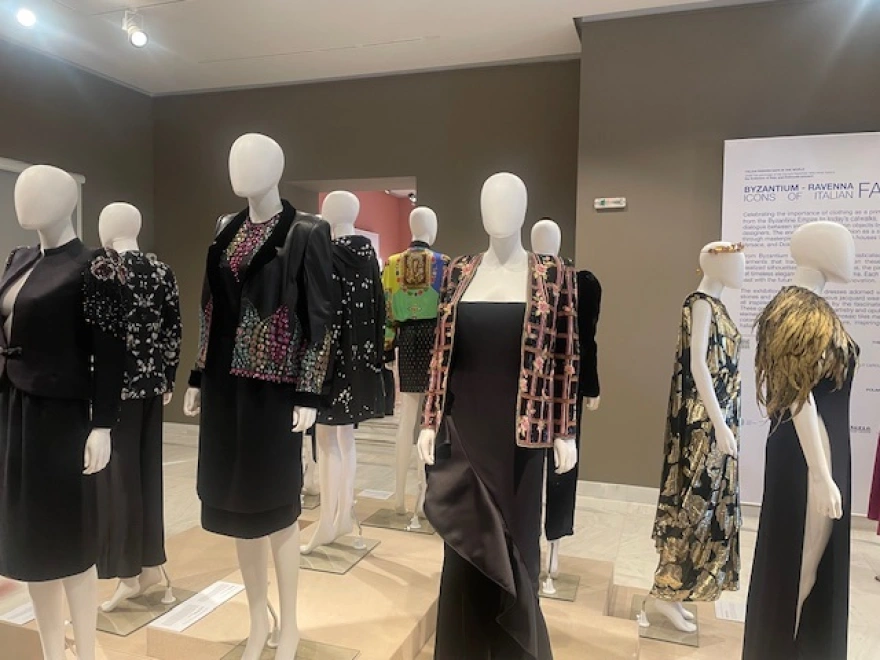
He added:
“In Italy, the fashion sector generates nearly €100 billion every year, boasting over €80 billion in exports, more than 60,000 companies, and close to 600,000 employees.”
He expressed his hope that the exhibition will enhance collaboration between Greek and Italian institutions and businesses in the fashion industry.
Addressing the critical topic of environmental impacts of textile production, he stressed the need for research into ethical fashion and sustainable, recyclable materials, underscoring that sustainability is a priority for the Italian fashion industry.
Meanwhile, Mr. Giornetti, who worked alongside prominent fashion collector Angelo Caroli, shared his admiration for Byzantine art—where radiant gold mosaics, vibrant stones, and imperial purple have been reimagined by Italian designers as wearable jewels meant to embellish the body.
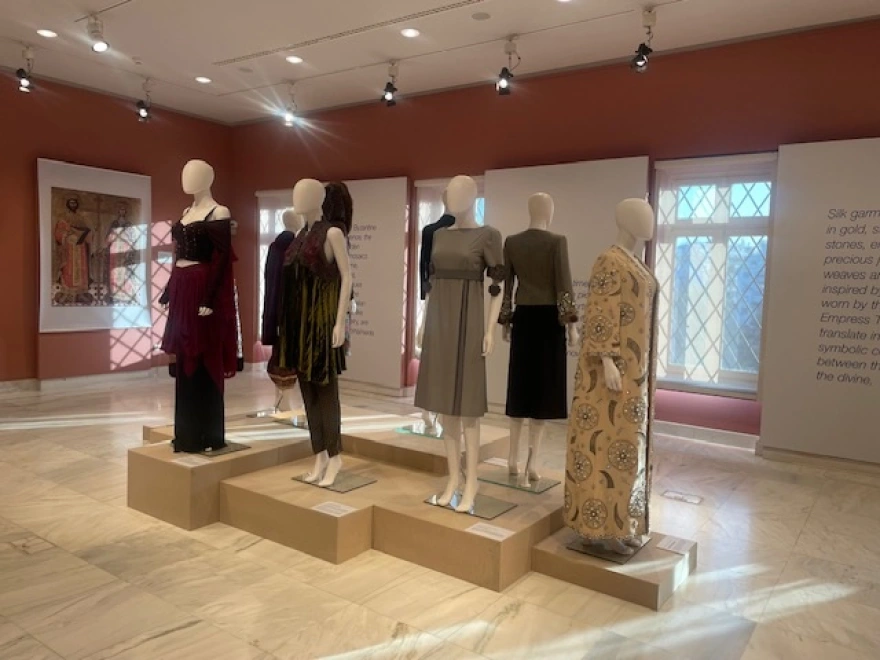
On the first floor of the museum, 20 stunning ensembles greeted an audience of 250 guests, including Digital Governance Minister Mr. Dimitris Papastergiou, diplomats, and notable figures from the cultural sphere.
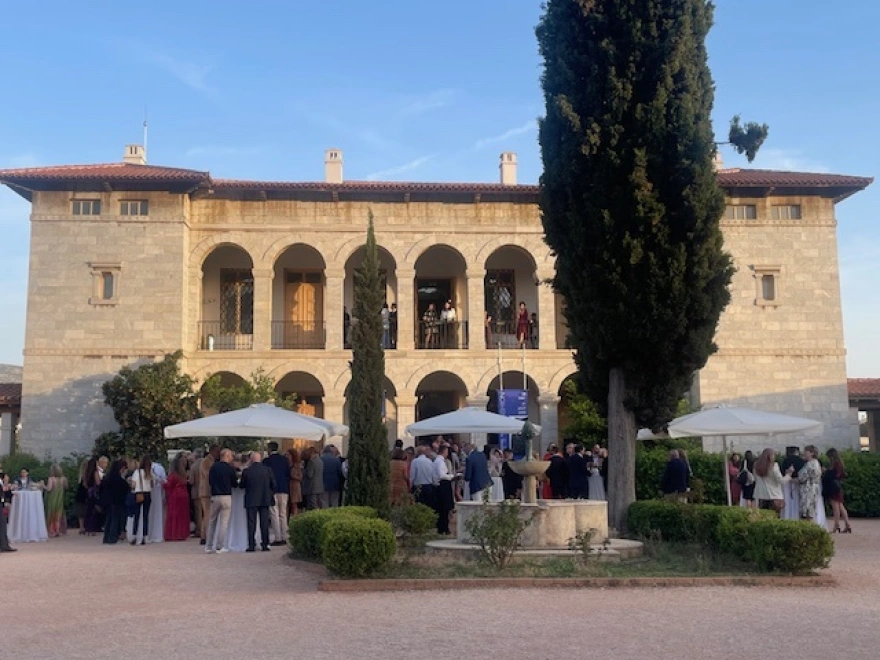
Featuring exquisite dresses, shoes, and jewelry created between the 1960s and 2020 by leading Italian designers such as Armani, Ferré, Prada, Valentino, Versace, Capucci, Dolce & Gabbana, Krizia, Gucci, and Romeo Gigli, the exhibition enchanted visitors with its unique combination of timeless luxury and historical significance.
As Mr. Cuculi noted, this innovative dialogue between fashion and cultural heritage serves to revitalize ancient connections and the friendship between Italy and Greece.
Ask Me Anything
Explore Related Questions















